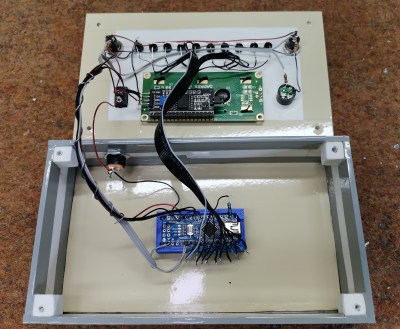Lockpicking is a grand skill to have, and one that’s often presumed to be one of the dark arts of the burglar. However, a new technique has come to the fore in some European contexts. It appears nitric acid is being used to damage locks to allow criminals to gain entry into residential premises.
Germany’s Bild has covered this matter, as has Feuerwehr Magazine. The technique has apparently come to prominence in the last couple of years. Attackers pour the corrosive liquid into the keyway of a typical door lock. This damages the cylinder, and perhaps the pins inside as well. Once the metal has been eaten away and the structure of the lock is sufficiently degraded, it can presumably be forced open quite easily with hand tools. The technique is apparently especially effective in Germany, where locks are typically installed with the pins facing down. This makes it easy for any liquid trickled into the lock to eat away at the pins in the bottom.
German authorities advised people to be on the look out for discoloration around door locks. If seen, it’s important to avoid contact with any corrosive liquid that may have been used on the lock.
It’s a nasty technique that doesn’t just damage locks, but doors as well! Meanwhile, if you’re learning the art of lockpicking, just remember not to practice on any important locks you might actually need. More pictures after the break.
Continue reading “Nitric Acid Is The Hot New Way To Pick Locks”




















